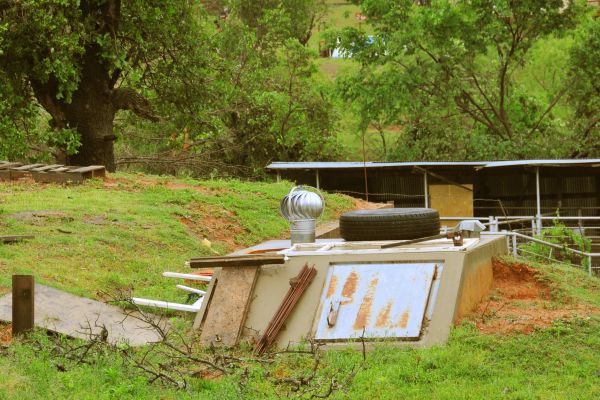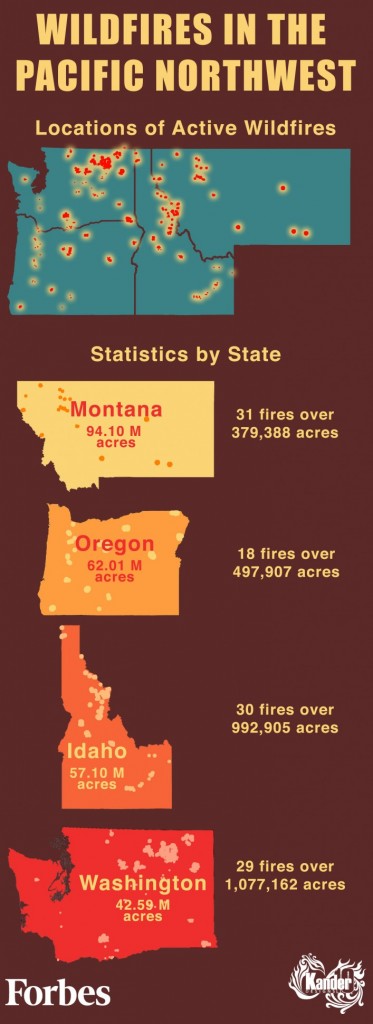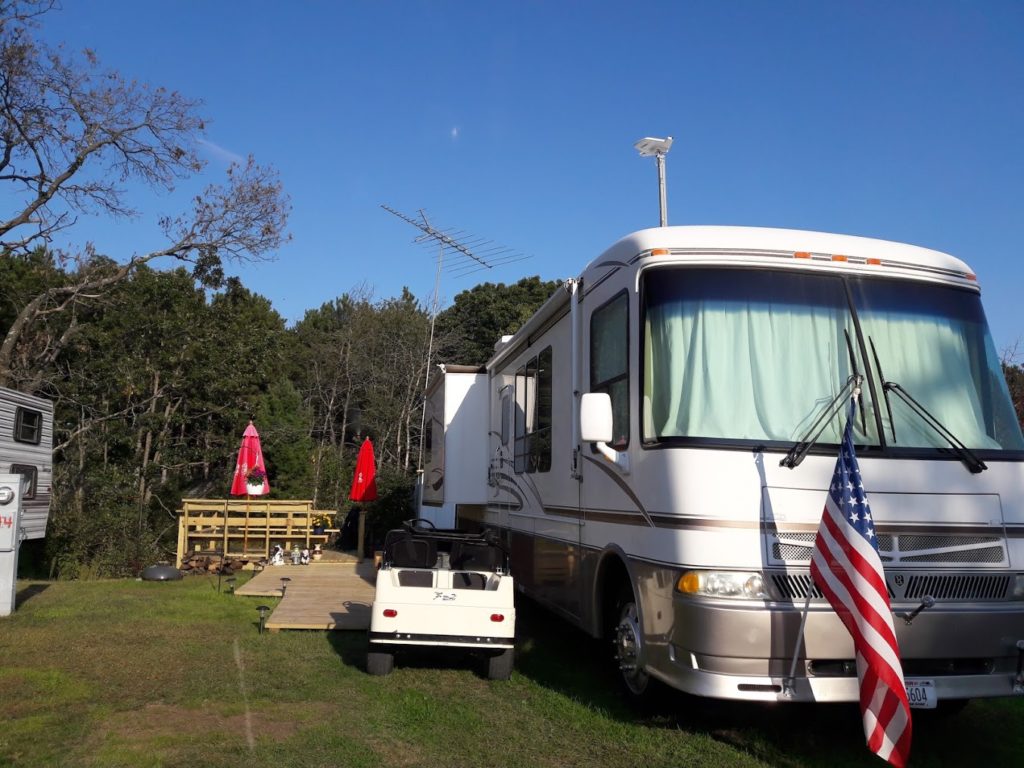The past year has many people thinking about their preparedness plans. With the current pandemic, extreme weather, and social unrest, a little anxiety makes sense.
Of course, some disasters require you to flee, while others demand you to hunker down and wait out the storm. In the latter case, a survival shelter is a wise investment.
However, it is an investment, especially if you’re not familiar with low-cost alternatives to the most common solutions. So, where should you start if you want to build a low-cost shelter?
1. Start With What You Own
Take a look around your home and seek out suitable areas to locate your survival shelter. You might not need to construct a separate structure at all.
For example, an earthquake’s greatest dangers stem from falling and flying objects. Securing your furnishings to prevent them from tipping will do a more effective job of keeping you safe, as you shouldn’t flee once shaking starts.
Your garage might provide a handy cement enclosure and keep you close to your escape vehicle if the situation changes. Plywood and oriented-strand boards create sturdy wall supports for building cabinets to keep tools from flying, creating a hazard.
Store flammable materials like gasoline and propane in a separate enclosure away from your home, as doing so reduces your fire and explosion risk.
Basements make another likely place to shelter because these rooms often lack windows, which can shatter into so many projectiles. They also offer the advantage of staying comfortably cool or warm in any weather. That detail might not seem vital when the howling kicks up outside, but it can make a considerable comfort difference if you lose power.
If you do decide to build a separate structure, you could incur considerable expense. To ensure that your efforts aren’t wasted, consider the conditions where you live.
2. Evaluate Your Hazards
You might not spend much time worrying about tornados if you live nestled in the northern Arizona mountains. While the occasional twister does occur, you need to concern yourself with clearing away debris near your home to slash your wildfire risk.
If you live in a wildfire risk area, don’t keep your gas grill’s propane tank or flammable liquids like gasoline stored near your home. Build a shed at least 30 feet away to reduce the explosion risk from a single spark. Remove all flammable mulch and woody vines within 5 feet of your home’s perimeter and replace them with nonflammable materials like stone and watery succulents.
Your unique disaster hazards depend on your geographic location. Folks across the southeast have to brace themselves for potential hurricanes and stock their low-cost emergency locations with supplies like sandbags to keep out rising waters. While they may wish to build a fallout shelter in the event of a nuclear strike, they want to avoid underground spots like basements that could flood.
You do, however, want to secure their homes with storm shutters or plywood to protect their windows when the storm winds reach triple digits if you live in such an area. You also want to keep your car fueled — there may be no time or prohibitive lines at the pump if you wait for evacuation orders. Those who live in mobile homes should identify a secure location to flee to if storms arise.
3. Design a Budget and Stay Legal
Anything worth doing seems to cost cold, hard cash these days, and creating an adequate survival shelter is no exception. What can you realistically afford to spend? Even if you plan on building a tiny home or renovating an escape RV, it’s wise to find another place to hunker down if the worst happens while you’re still under construction.
You typically don’t need to worry about building and zoning permits to install a backyard shed or small bunker. However, it depends on your municipality and structure size. Some areas might require you to get compliance permits, and you might need utility permits if you plan to run electricity or plumbing.
If building a tiny home on wheels, you must pay attention to local ordinances during construction — contact your city planner’s office for details before you stock up on materials. You also want to connect with your HOA. If you merely start hammering at 6 a.m., you might get complaints from them or the neighbors. However, if you let them know your project’s scope, purpose, and timeline, you’re much less likely to run into hassles and even potential lawsuits.
Furthermore, please always remember to dial 811 before you dig. Doing so ensures you won’t hit any natural gas lines and create the kind of disaster you’re hoping to survive. Your neighbors will thank you for sparing them the danger and hassles of evacuation.
4. Look Underground
Unless you live in a region where flooding poses the most significant risk, you can’t beat underground shelters in terms of safety and protection from the elements. Mr. Baggins of Bag End probably didn’t lose too much sleep worrying about a twister carrying off his casa. The lack of windows eliminates one hazard, and while powerful earthquakes can crack walls, you’re far safer than you are in a double-wide.
You might pay a pretty penny for a fallout shelter, but you can’t beat the peace of mind. If you always wanted to play secret agent on the run, you can even conceal your underground bunker’s entrance. This feature gives the space extra use as a panic room if home invaders ever pose a threat.
Another advantage of underground shelters is comfortable climate control. While the temperature inside such a structure varies slightly, it’s generally cooler and more stable than the outside air. While you won’t want to keep any perishable goods stored inside without refrigeration, your nonperishable food will stay fresher.
Furthermore, heat and cold might not qualify as natural disasters alone, but they can nevertheless kill. Some folks in Texas are waking up to astronomical electric bills after a recent cold snap. The reality of climate change means folks should anticipate more freak fluctuations in the future.
You never know how your future economic situation may change, but you do know that you and your family can keep a small bunker warm enough with body heat and blankets alone.
5. Make It Mobile
Sometimes, the best way to survive a disaster is to get out of Dodge. When you need to hit the road in a hurry, it helps if you have a portable survival shelter.
If you can locate a suitable trailer, you can build a tiny home on wheels for a fraction of the price of a budget RV. Best of all, you can customize it for your family’s unique needs. Those with several kiddos might need a wall of bunk beds and a pull-out couch instead of one large sleeping loft.
Another advantage of this method is that you can pack the required supplies in your vehicle well in advance. When seconds count, you don’t have to fret about forgetting to grab something.
You can go well beyond the standard evacuation supplies with such a model. For example, a solar-powered tiny home on wheels lets you charge your devices while you evacuate. You can keep in closer contact with concerned loved ones without having to monitor your juice while you travel — you can even check in with the office if you work remotely without draining your battery.
6. Remember the Necessities
You often don’t know how long a disaster will last. Whatever space you choose, please keep it well-stocked with the following supplies:
- Water: You need at least two liters per person per day.
- Nonperishable food: Think quality nutrition that won’t rot, like nuts, beef jerky, and dried fruits.
- Prescription medications: Ask your doctor for an emergency or travel 2-week supply.
- A hand-cranked radio: If it isn’t safe to emerge for checking conditions, you need a lifeline to the outside world.
- Plenty of flashlights, backup chargers, and batteries: If you lose power, these keep you out of the dark. You might also stash away some inexpensive electric candles for places like basements with no external light source. You can pick them up for a buck at dollar stores. Warm blankets: Your shelter should offer some protection from the elements, but underground spots grow chilly quickly.
- A first aid kit: You need a way to treat minor injuries until first responders arrive. Yours should contain various bandages, disinfectant cream, scissors, tweezers, assorted size wraps and compresses, and over-the-counter pain relievers.
- A few essential hygiene items: Your hairstyle doesn’t cross your mind in survival situations. However, a wet wipe or even a squirt of hand sanitizer can eradicate that sour panic sweat smell from your pits while you hunker in the shelter — and you should clean your hands before eating.
It’s also wise to include a few comfort items for the kiddos. A favorite toy can go a long way to comfort a child who left their security blanket in the bedroom while you huddle in your basement. A ring or two can help settle a teething and uncomfortable infant.
You don’t have to have a ton of money to outlast catastrophe. Please use the tips above to create a low-cost and effective survival shelter.


























































































If you like being trapped in a cave – when a rock/ dirt slide covers the entrance – go for it. The small “Travel trailer” you mentioned is the one worthwhile idea you presented – IF you have a pre-1970, Well Maintained, 2500 pickup with topper or short camper – you will have a better chance.
Just remember that when you make your ‘survival retreat’ to make sure you have a couple ways out. Only one way in or out and you’ve constructed a death-trap.
The subject line in the e-mail sent to us is an “invincible” survival retreat. I have to take exception to that. Nothing is invincible. I figure it’s a spellubng error. You probably meant “invisible”. Most survival shelters should be able to be camouflaged.
I found the article very informative and will use your advice and comments to prepare my family for the unexpected. I wondered if you could do an article on how to make a storm shelter fallout safe. I have a storm shelter and really can not afford to purchase a bomb shelter. Thank you in advance for the new article.
What about escaping on the water on a sail boat ? living near the water at the coast has both advantages and disadvantages